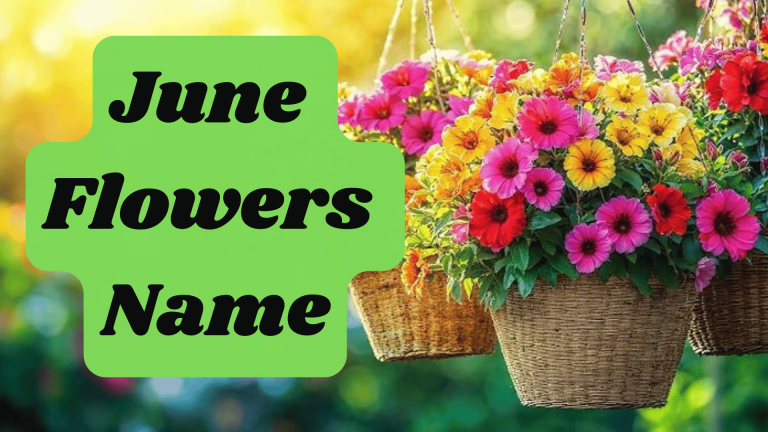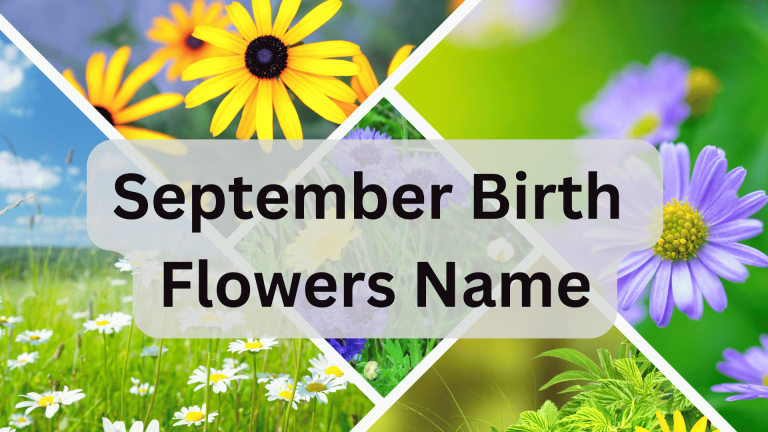October Flowers Name: Symbolic Meanings, Importance, How To Use And Historical Facts
When October comes, both day and air become crisp and bright flowers open. As the summer ends and the autumn begins, the garden begins to show deep and more meaningful flowers. In this article, we will review the important flowers of October- their meaning, cultural significance, their history behind them, the best points of their care and their names.
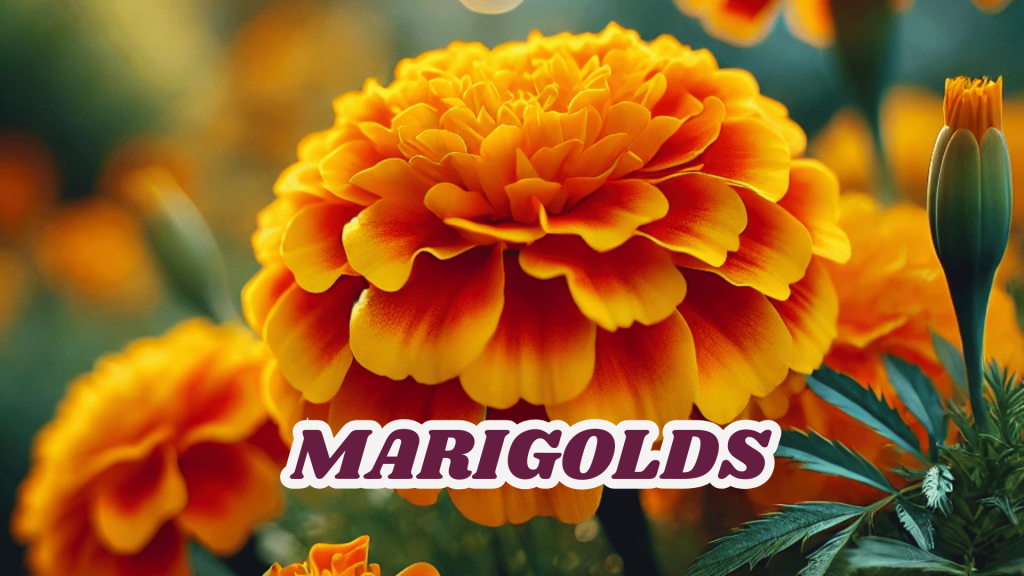
Marigolds: The Shining Light of Autumn
Some people might choose the marigold (Tagetes) because it is quite well known in October. Bold orange, gold and yellow shades are commonly related to fall. Marigold is recognized for its stunning colors, so it represents passion, creativity and a feeling of warmth and also serves as a symbol for remembering and grieving, particularly during Mexico’s Día de los Muertos (Day of the Dead).
Cultural And Historical Signification of Marigold
Asters of ancient times used marigolds in cultural routines and for healing purposes. They were seen as sacred for their petals which led to guides for spirits with their beautiful colors and lovely fragrance. Diwali and Navratri are some of the Indian festivals where marigolds are significant because of their religious value.
How to Plant and Care of Marigold
Plant marigolds in a spot that gets lots of sun and has well-drained soil. They will grow well when watered steadily but should not get too much water. If you remove dead flowers from the plant, it will tend to produce more of them. They are beautiful to look at and also repel bugs in your vegetable garden.
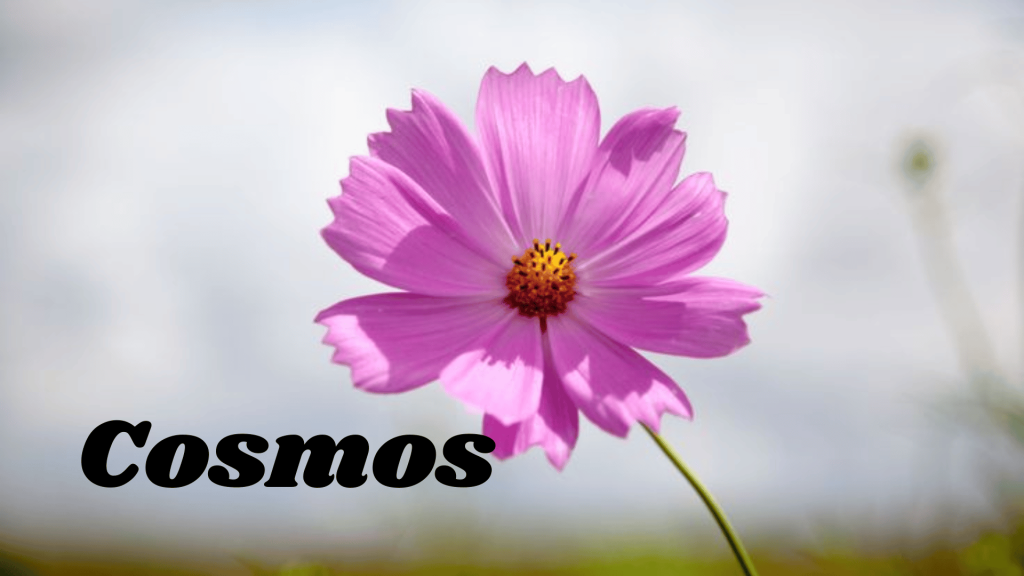
Cosmos Flower: A Symbol of Calmness
The Cosmos is another flower many people love in October. Cosmos with its daisy petals and fine foliage gives off a feeling of peace, orderliness and self-control. Because it was built with such grace and symmetry, the name was taken from the Greek word cosmos that means “harmony” or “world.”
Victorian Love For Cosmos: A Flower of Innocence
In the Victorian era, cosmos flowers were admired because they showed love and innocence through the language of flowers. People usually plant them for their gardens as they are easy to care for and appeal to the natural sense.
How to Grow And Care For Cosmos Flower
For growing cosmos, give them both plenty of sunlight and somewhat fertile soil. You don’t need to give these flowers a lot of water and they do well without much care. Drop seeds directly into the soil after the last frost; then, you will have colorful flowers in your garden from mid-summer right though early fall. Pruning during still summer can allow blooming to last till late October.

Calendula: A Blessed Herb of October
Many people easily confuse Calendulas, aka Pot Marigolds, with marigolds due to the same orange and yellow colors and as a result Calendulas are often associated with October. Their cheerful appearance stands for comfort, healing and support.
Both the leaves and petals of calendulas were used by ancient Europeans for medicine and cooking and teas and oils containing calendulas were valued for their anti-inflammatory effects.
Calendula’s History: A Healing Power Of Medieval Remedies
Medieval people thought that calendulas had magical powers, keeping them safe from evil and bringing good luck. People used the flower petals to create dyes for fabrics and also to add flavor to soups and stews.
How to Grow And Care for Calendula Flower
Cooler weather in October is what calendulas thrive in. They prefer to grow where they get some full sun or partial shade and where the soil is kept moist and well-drained. Removing the spent blooms will help the plant keep flowering. They may only last a few days, but they usually come back again the next season because they reseed fast.
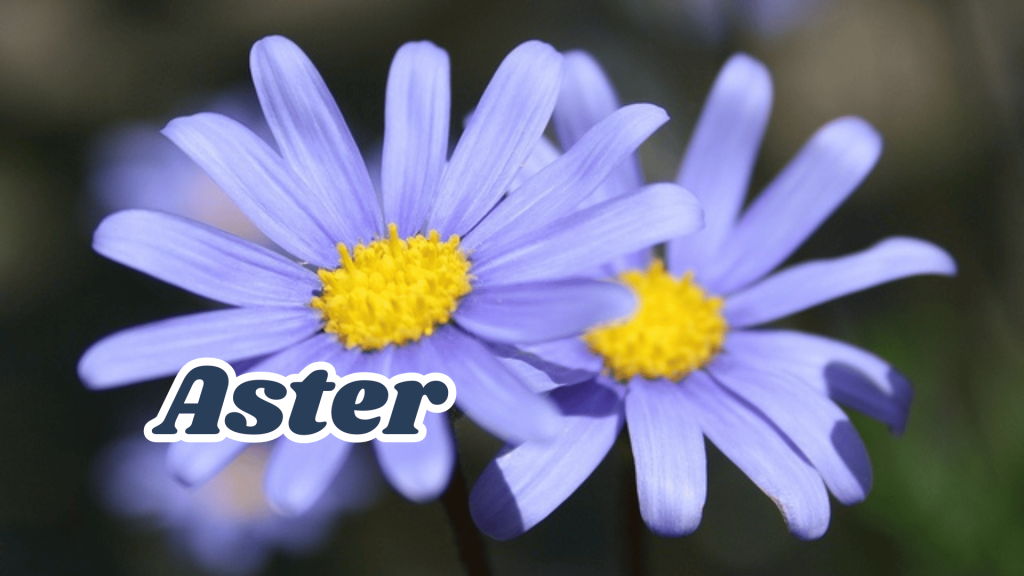
Aster: The Starry Flower of October
Aster flowers which thrive in October, are very popular and have become a classic birth flower for October. The flowers which have a star shape, are purple, pink, blue or white in color and stand for love, wisdom and faith.
Aster Flower: Wisdom and Ancient Beliefs
In ancient cultures, people thought asters repelled serpents and bad spirits when they were burned. Because aster resembles a star, it is named after the Greek word aster. Legend has it that Astraea, a Roman goddess, wept for a lack of stars in the sky and her tears became asters.
How to Grow And Care for Aster Flower
Plant your asters where they will get full sun and have plenty of loose, draining soil. If it’s dry out, keep watering your garden and put mulch around plants to help store moisture. Pinch back the stems around June or July to get a fuller plant and more flowers.
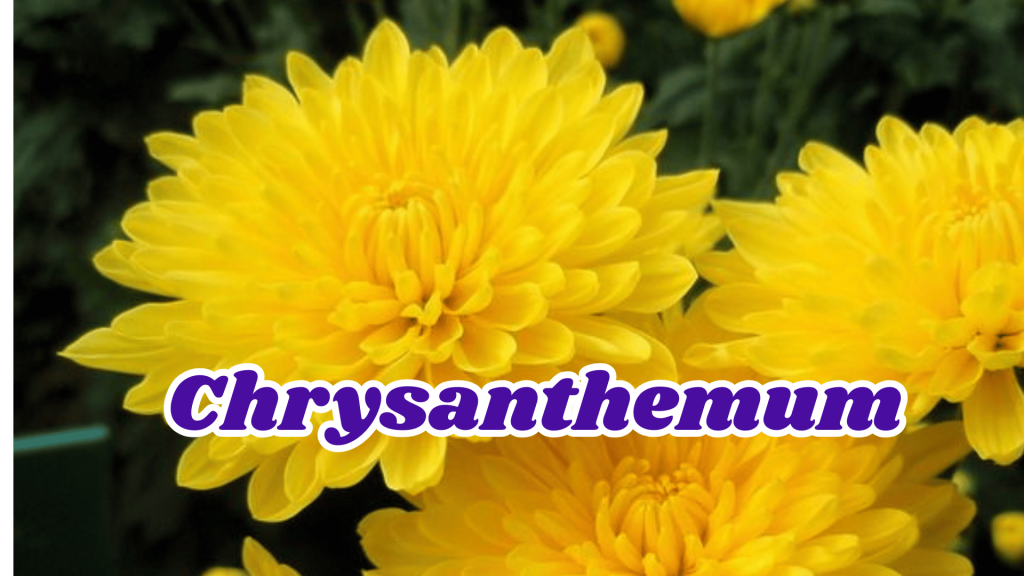
Chrysanthemum: A Flower of Royalty And Emotions
Blooming mainly in October and November, chrysanthemums (also called mums) are often connected with joy, living a long life and remaining faithful. In China and Japan, lions are respected as royal symbols and appear in festivals as well as in emblems. Chrysanthemums sometimes represent grief and death in Europe, especially during the holiday of All Saints’ Day.
Cultural Signification And Ancient History
The ancient Chinese have been growing chrysanthemums for more than 2,500 years. Many types of roses have been created by selective breeding and each color or petal type has its own significance. Love is traditionally linked to red chrysanthemums, sadness is often reflected in white and yellow usually shows the feeling of being neglected.
How to Grow And Care for Chrysanthemum Flower
They do well when the temperature is cooler and they enjoy getting lots of sunshine and nutritious soil. By frequently watering and trimming off spent flowers, you get larger and bushier plants. Pinch back half the blooms in mid summer for a more shrub-like shape and a greater fall bloom.
Cultural And History of October Flowers
There are many cultural customs and historical practices around flowers that bloom in October. Chrysanthemums and asters, among other October flowers, were part of the mourning traditions in Europe, especially closer to All Hallows’ Eve (Halloween) and All Saints’ Day.
Meanwhile, in places like Japan, Asian traditions center their chrysanthemum celebrations on their Festival of Happiness which represents renewal and success. In Europe, calendula was appreciated for its medicinal uses, but indigenous Americans used marigold more for ceremonial reasons.
The themes of October flowers coordinate with the time of year. Before nature goes dormant, these flowers stand out with color, helping us understand that change, moving forward and new beginnings always come.
Flower Garden Maintenance Tips for October
For a thriving flower garden in October, try these useful suggestions:
- Chrysanthemums, marigolds and asters are good choices for fall because they can handle the chill in the air.
- Let Your Blooms See the Sun: Try to give each plant at least 6 hours of direct sunlight each day, even as the sun sets early.
- Be Gentle: Plants need water less frequently as temperature drops. Do not overwater the plant so that root rot does not occur.
- Use substances such as wood chips or grass clippings, around your plants to keep their roots warm and avoid soil dryness.
- Remove spent blooms on a regular basis so new flowers can develop and the flowering period continues.
Conclusion
The flowers of October are beautiful, but they also highlight ancient history, personal touch and the wonders of nature. The marigold, with its passion and the cosmos, signifying peace, represent stories of personal feeling, endurance and joy. Whether you explore an October garden or choose fall flowers, each petal carries a bit of history, culture and value from the past.
October’s flowers are there for your enjoyment, in homes or gardens and inspire us as summer draws to an end.

